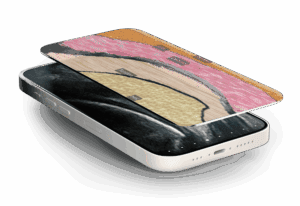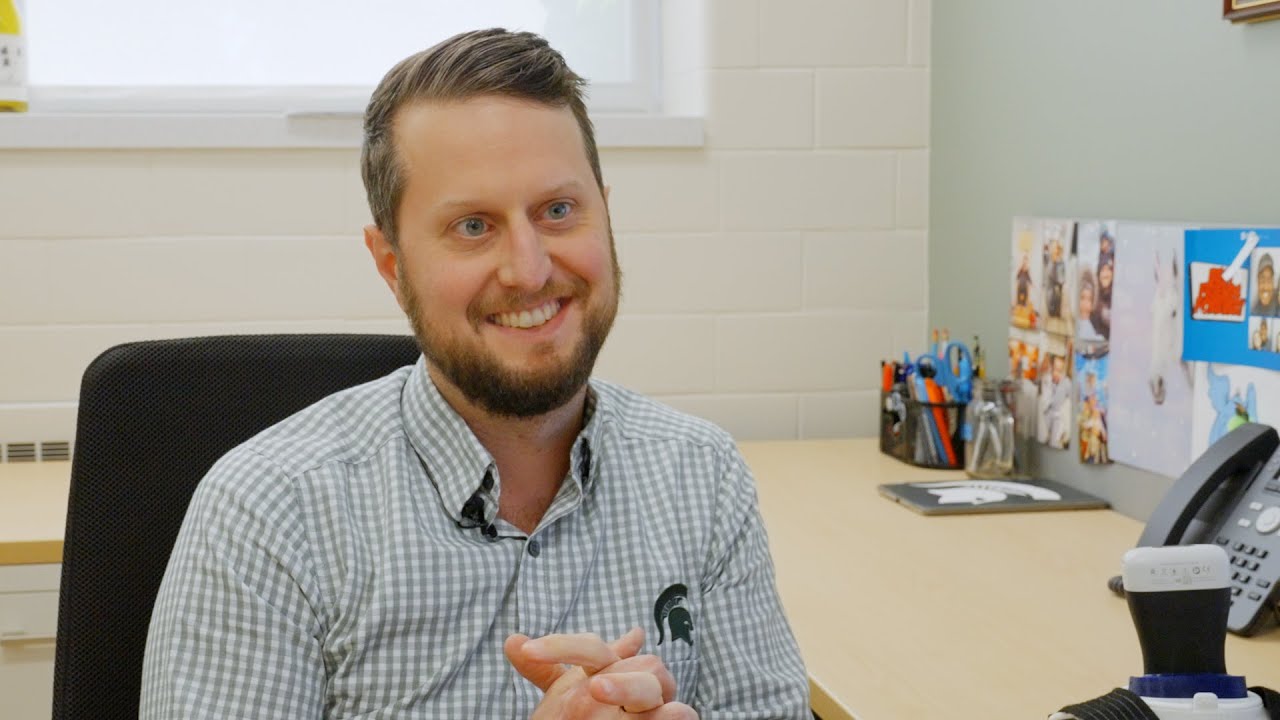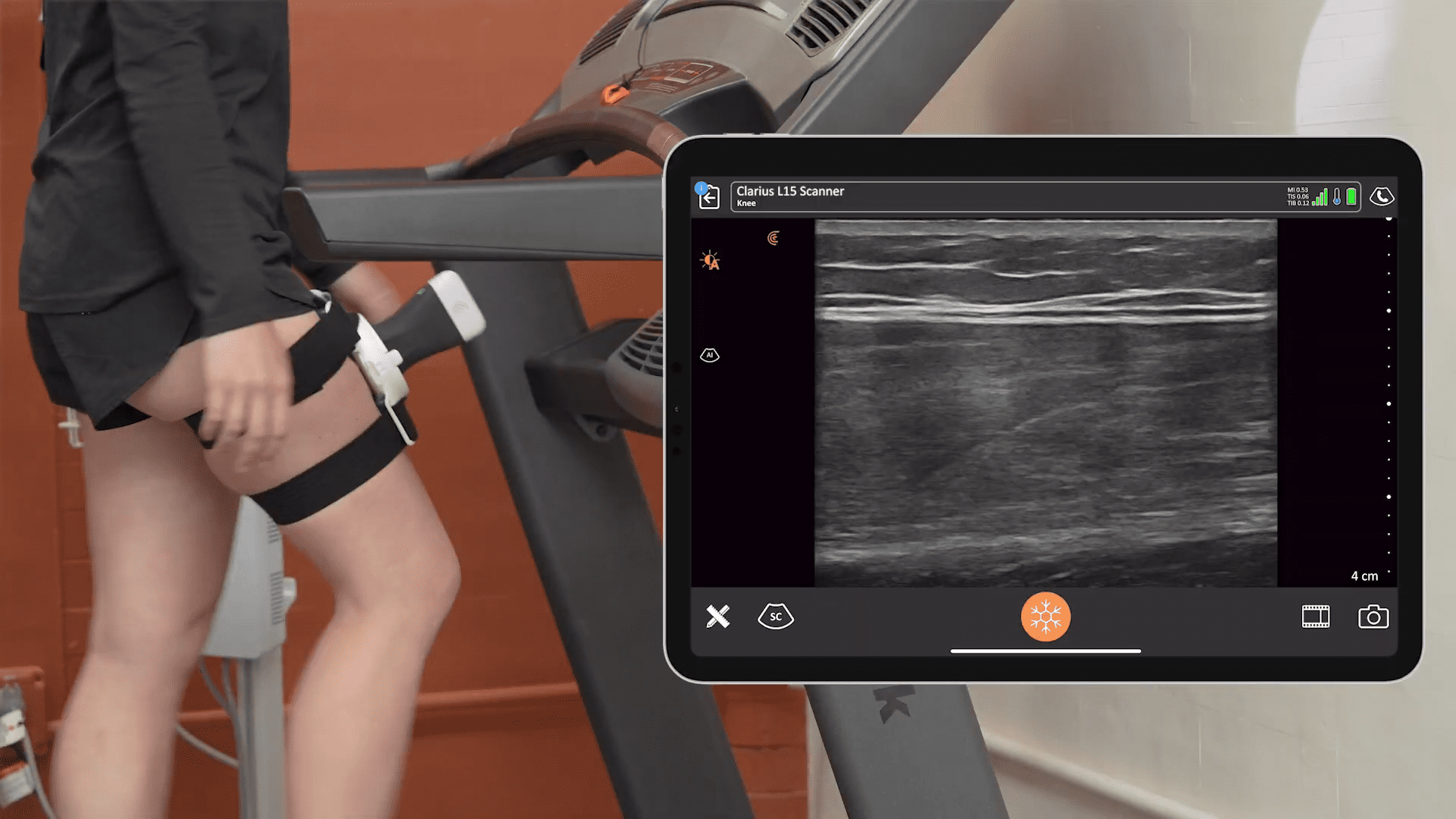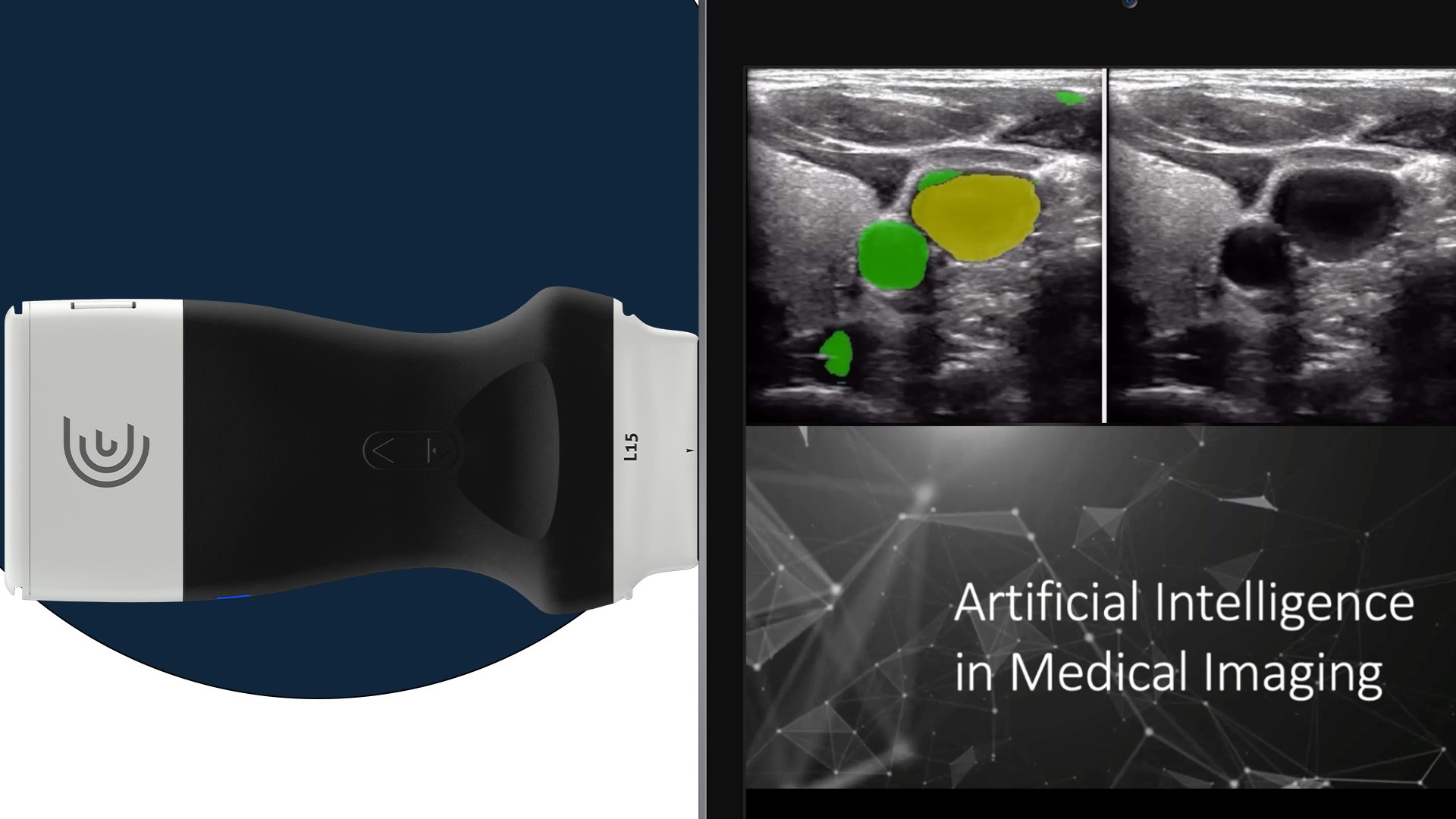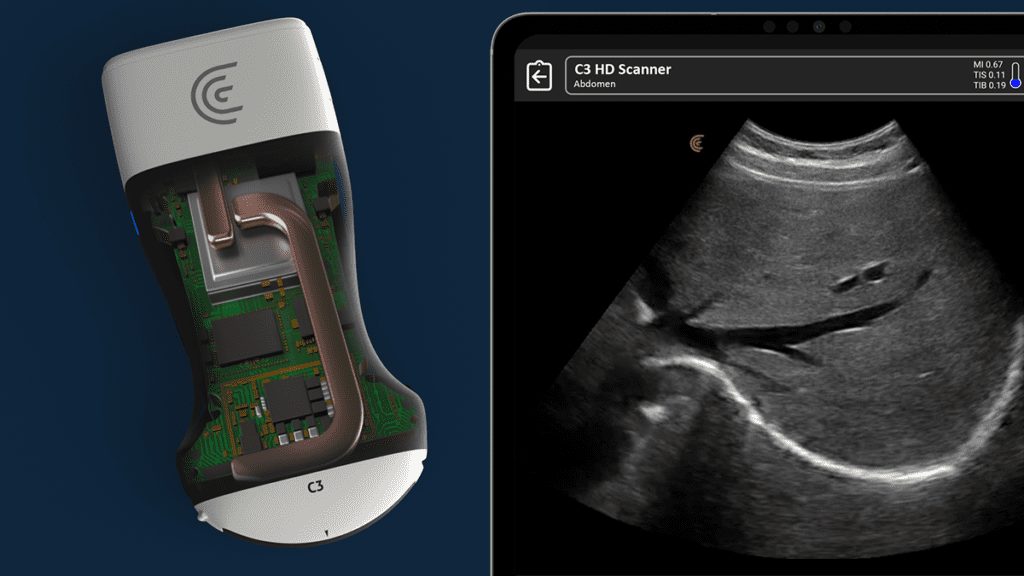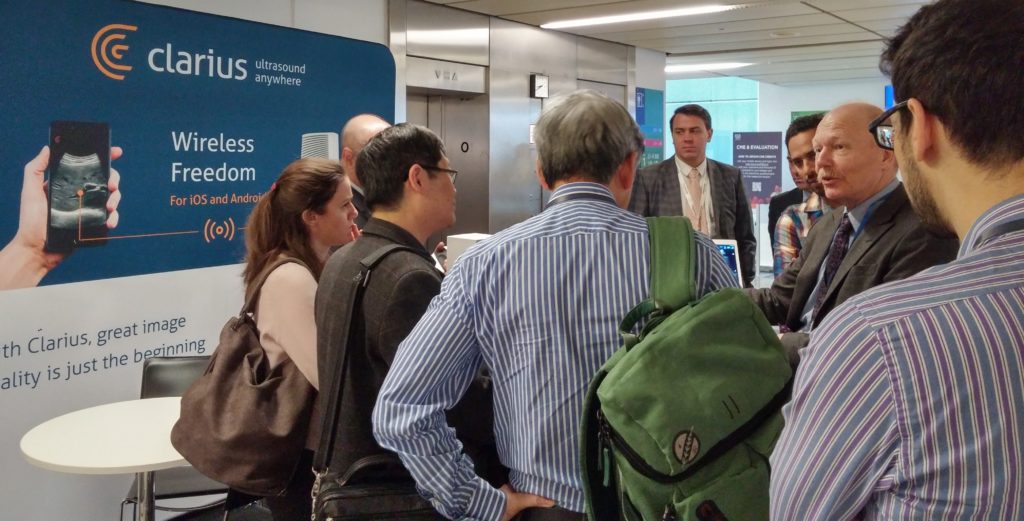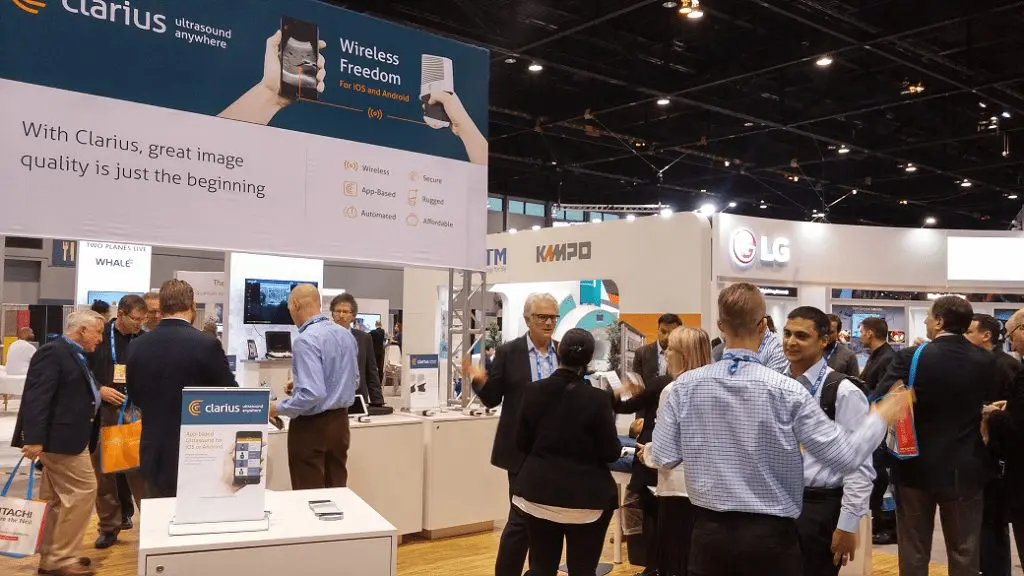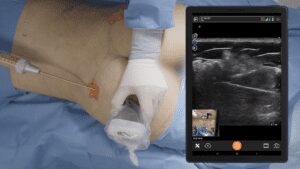When we heard about a new ultrasound research project using augmented reality that is being carried out by an industrious high school student, we had to know more. Read on to learn about Sana Shah and her leading edge solution for image-guided procedures.
Sana Shah has been winning science competitions since she was 7 years old. For this year’s Oregon’s statewide science fair competition, the ninth-grader decided to pursue a project where she could explore her passions for augmented reality (AR) or virtual reality (VR).
I wanted to focus on the use of AR and VR in healthcare after doing VR in a nursing education project with the Girl Steam Institute. I was also inspired by a book called VRx: How Virtual Therapeutics Will Revolutionize Medicine. I narrowed my focus on interventional radiology after discussing my ideas with Dr. Brian Park.”
To flesh out her project plan, Sana reached out to Dr. Brian Park, an interventional radiologist and researcher at the Oregon Health and Science University Hospital in Portland, whose own passion for combining medicine and engineering drives him to mentor the next generation of physician-scientists. Sana is the second student from her high school who has worked with him on a project.

Dr. Park has done procedures using AR, which was really interesting to me,” says Sana. “He gave me the perspective of an actual practicing interventional radiologist. I learned about the practical problems that he faces every day. For example, I had no idea that they have to wear 15-pound lead aprons. And that they have to contort their neck to see the display screen during a procedure.”
“For an Interventional radiologist, ultrasound is very critical for image-guided procedures,” Sana continues. “Dr. Park explained to me that their typical workflow and process is not ergonomic, which causes musculoskeletal issues for clinicians practicing interventional radiology. He gave me the idea to create a more ergonomic visualization solution for interventional radiology using AR and ultrasound.”
Over the course of six weeks, Sana received a crash course on how to use ultrasound from Dr. Park. She had the opportunity to use a traditional cart-based system and the Clarius wireless handheld ultrasound scanner.
One of the problems is that most interventional radiologists are using wired ultrasound probes,” explains Sana. “The wires get in the way during procedures and they are hard to disinfect, which increases the risk of patients being infected. So, Dr. Park is using Clarius ultrasound for his research projects because it’s wireless.”
Thanks to Dr. Park, Sana has been able to use the Clarius system for the duration of her interventional radiology project.
Clarius was the first ultrasound system I used and it was impressive to see how easy it was to use and how compact it is. When I compare Clarius to the other ultrasound probes with wires that are currently being used, they’re a lot harder to work with. The difference between them is significant.”
Although Sana has already submitted her project for consideration in her science competition, she plans to continue work on reducing latency to make her solution even more viable.
My current solution uses many intermediate devices and connections that increase the latency between Clarius ultrasound and the HoloLens,” says Sana. “Clarius has a Cast API and I’m planning to find a way to program it to connect directly to the HoloLens and reduce the latency even further.”
According to Dr. Park, Sana’s focus on reducing latency is what sets her AR project apart from others who have demonstrated the feasibility of using AR headsets as floating monitor screens.
Few people have looked into the latency requirements of wireless headsets for clinical use,” says Dr. Park. “With Sana’s findings, we have a better idea of what is possible and not possible at this time. For example, applications for mirroring ultrasound-guided procedures are possible, but fluoroscopy-guided procedures may be limited too much by the latency. We have already used the setup in 3 patients during ultrasound-guided thyroid ablations.”
Sana continues to be excited about refining her solution for clinical practice.
Recently, significant research has shown the problems ultrasound radiologists face due to ergonomic issues lead to fatigue, injuries, and physician burnout. By further refining my project, I can see my solution being implemented in clinical practice to help resolve these problems.”

See the list of full research references here.
About Clarius Wireless Ultrasound
Thank you, Sana! We couldn’t ask for a better person to attest to how easy it is to use Clarius ultrasound for image guidance. And, we’re exciting to see your continued contributions to improving augmented reality for ultrasound visualization.
Wireless and pocket-sized, Clarius scanners deliver the high-definition imaging and power you expect from a traditional ultrasound system in a highly affordable ultra-mobile scanner. Book a demo for information on which Clarius system is right for you.





